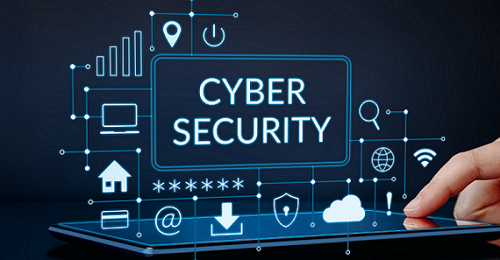Sustained Cyber Security Market Growth trajectory projects USD 582.02 billion valuation by 2035, expanding at 12.59% CAGR from 2025-2035. Growth catalysts include escalating threats, regulatory mandates, and cloud adoption acceleration. Ransomware epidemic affecting organizations across sectors drives protection investment urgency. Nation-state attacks demonstrate sophisticated threats requiring advanced defensive capabilities. Supply chain compromises through software and hardware infiltration expand threat vectors. GDPR and data protection regulations create compliance-driven security spending globally. Cloud migration requires new security approaches protecting distributed data and workloads. Remote work normalization demands endpoint protection and secure access permanently. Zero-trust adoption positions security as continuous verification rather than perimeter defense.
Growth patterns reveal sector-specific adoption trajectories and investment priorities. Financial services lead growth through regulatory requirements and high-value target status. Healthcare accelerates spending protecting patient data and ensuring medical device security. Government invests heavily securing citizen services and classified information systems. Retail addresses payment security, customer data protection, and e-commerce platform defense. Energy and utilities protect operational technology and critical infrastructure from disruption. Manufacturing secures intellectual property and prevents production system compromise. Technology sector sustains high security spending supporting competitive software and service markets. Education protects student data and research information from theft and ransomware.
Strategic growth enablers focus on awareness, capability building, and innovation. Breach publicity increases awareness driving board-level security prioritization and investment. Security frameworks like NIST provide structured approaches guiding implementation systematically. Managed security services address skills shortages through outsourced operations and monitoring. Threat intelligence platforms aggregate global data providing actionable insights and indicators. Security automation orchestrates response workflows reducing human intervention and response times. Cloud security tools address unique challenges of distributed workload protection effectively. Industry collaboration through information sharing improves collective defense capabilities. Certification schemes including ISO 27001 provide security baseline frameworks organizationally.
Growth sustainability requires continuous innovation addressing evolving threats and technologies. Artificial intelligence advancement improves threat detection and automated response significantly. Quantum-resistant cryptography prepares for post-quantum computing threats to encryption. Privacy-preserving security enables threat detection while protecting individual data rights. Automated penetration testing continuously assesses security posture identifying vulnerabilities proactively. Threat intelligence platforms provide predictive insights anticipating attacks before occurrence. Deception technology evolution creates sophisticated environments misleading attackers effectively. Cloud-native architectures protect modern application deployment and infrastructure patterns. Zero-trust frameworks eliminate implicit trust requiring continuous verification for access.
Explore Our Latest Trending Reports:

